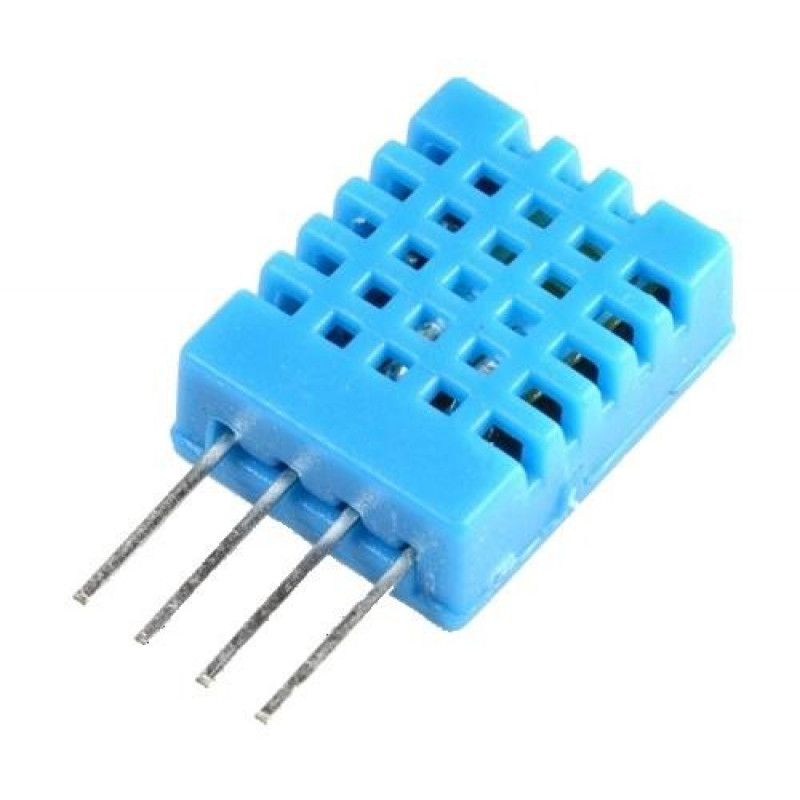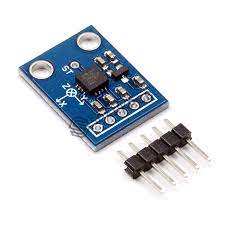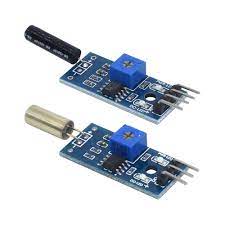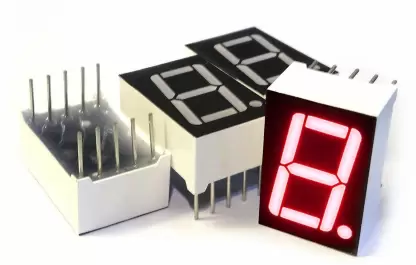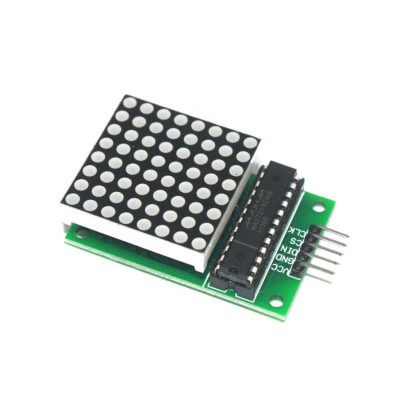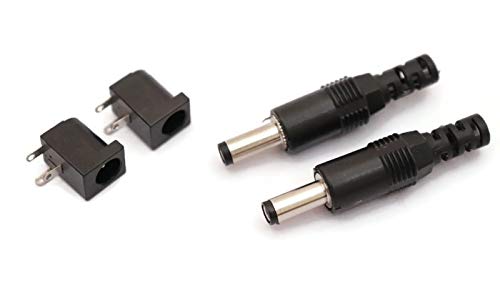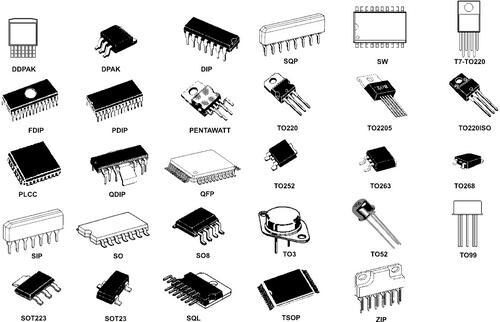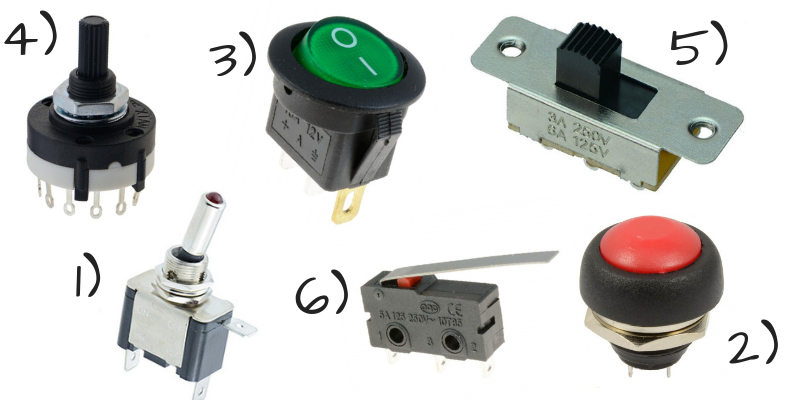"Demystifying Ohm's Law: A Beginner's Guide to Electrical Relationships"
Electricity, the invisible force that powers our modern world, can seem mysterious and complex. Yet, at its core, electricity follows rules and principles that can be understood and harnessed. One of the fundamental laws governing electricity is Ohm’s Law, a simple yet profound equation that reveals the intricate relationship between voltage, current, and resistance. In this beginner’s guide, we’ll peel back the layers of complexity and demystify Ohm’s Law, empowering you to grasp the essence of electrical relationships.
Understanding Voltage, Current, and Resistance
Before diving into Ohm’s Law, let’s get acquainted with its key players:
“Demystifying Ohm’s Law: A Beginner’s Guide to Electrical Relationships”
https://www.mifratech.com/
Voltage (V):
Think of voltage as the electrical pressure that pushes charged particles, such as electrons, through a conductor. It’s measured in Volts (V).Voltage Visualized:
Imagine voltage as the force pushing water through a pipe. The higher the voltage, the stronger the push, and the more electrons flow.Current (I):
Current represents the flow of these charged particles, and it’s measured in Amperes (A).Current Visualized:
Picture current as the rate of water flow in the pipe. More water (electrons) flows when the force (voltage) is strong.Resistance (R):
Resistance is the opposition to the flow of current within a material. It’s quantified in Ohms (Ω).Resistance Visualized:
Visualize resistance as obstacles or narrowing in the pipe. These obstacles impede the flow of water (current).Ohm’s Law Equation: V = IR
Now, let’s unveil Ohm’s Law itself: V = IR. This elegant equation states that voltage (V) is equal to the current (I) multiplied by the resistance (R). In simpler terms, it tells us that: – Voltage is directly proportional to current. If voltage increases, current increases (and vice versa) as long as resistance remains constant. – Voltage is inversely proportional to resistance. If voltage remains constant, increasing resistance reduces the current flow, and decreasing resistance increases it.Visualizing Ohm’s Law
Imagine a water pipe system: – Voltage is akin to water pressure in the pipes. High voltage corresponds to high water pressure, which can push more water through the pipes. – Current represents the flow rate of water. More water flows through wider pipes (lower resistance), and less flows through narrower pipes (higher resistance). – Resistance is analogous to obstacles in the pipes. Narrow, obstructed pipes impede water flow, much like materials with high electrical resistance hinder the flow of current.Practical Applications of Ohm’s Law
Ohm’s Law isn’t just theoretical; it’s the cornerstone of practical electronics:- LEDs and Resistors: When designing an LED circuit, Ohm’s Law helps determine the appropriate resistor value to limit current and prevent LED burnout.
- Voltage Dividers: Engineers use Ohm’s Law to create voltage dividers, crucial for tasks like measuring battery voltage or sensor data.
- Circuit Design: Ohm’s Law guides circuit designers in choosing component values to achieve desired behaviors.
Ohm’s Law in Action
To illustrate Ohm’s Law in action, let’s consider a real-world scenario. Imagine you have a 9V battery (voltage) and a 300Ω resistor (resistance). According to Ohm’s Law (V = IR), the current flowing through the circuit is: I = V / R = 9V / 300Ω = 0.03A (30mA). This calculation shows that the current in the circuit is 30 milliamperes.Conclusion:
Empowering Electrical Understanding Ohm’s Law, though seemingly modest, is a potent tool for understanding and working with electricity. It demystifies the intricate relationship between voltage, current, and resistance, offering a foundational understanding of electrical systems. As you embark on your journey in electronics or engineering, remember that Ohm’s Law is your ally, guiding you through the complexities of the electrical world. With this knowledge, you’re equipped to explore, experiment, and innovate confidently. Unlock the power of Ohm’s Law and embark on your electrifying journey into the realm of electronics.https://www.mifratech.com/
Home

































